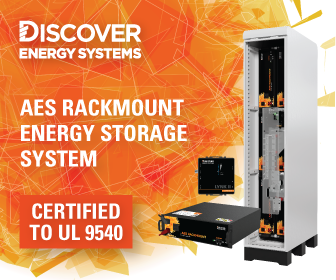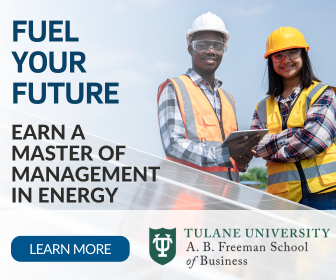Treasure on the Ocean Floor: Lower impact metals for EV batteries
Since the midpoint of the decade, the world has undergone a sea change in attitudes towards electric vehicles. Global sales surpassed 1 million electric vehicles (EV) for the first time - doubling in 2019. Better battery chemistries have increased range and, with costs falling fast (about 90 percent in eight years), consumers are responding.
The transport sector contributes approximately a fifth of global greenhouse gasses; transportation emissions continue to outpace all other sectors. Decarbonizing these systems can provide a significant boost to global efforts to reduce emissions. To do this, however, we need batteries. A lot of them.
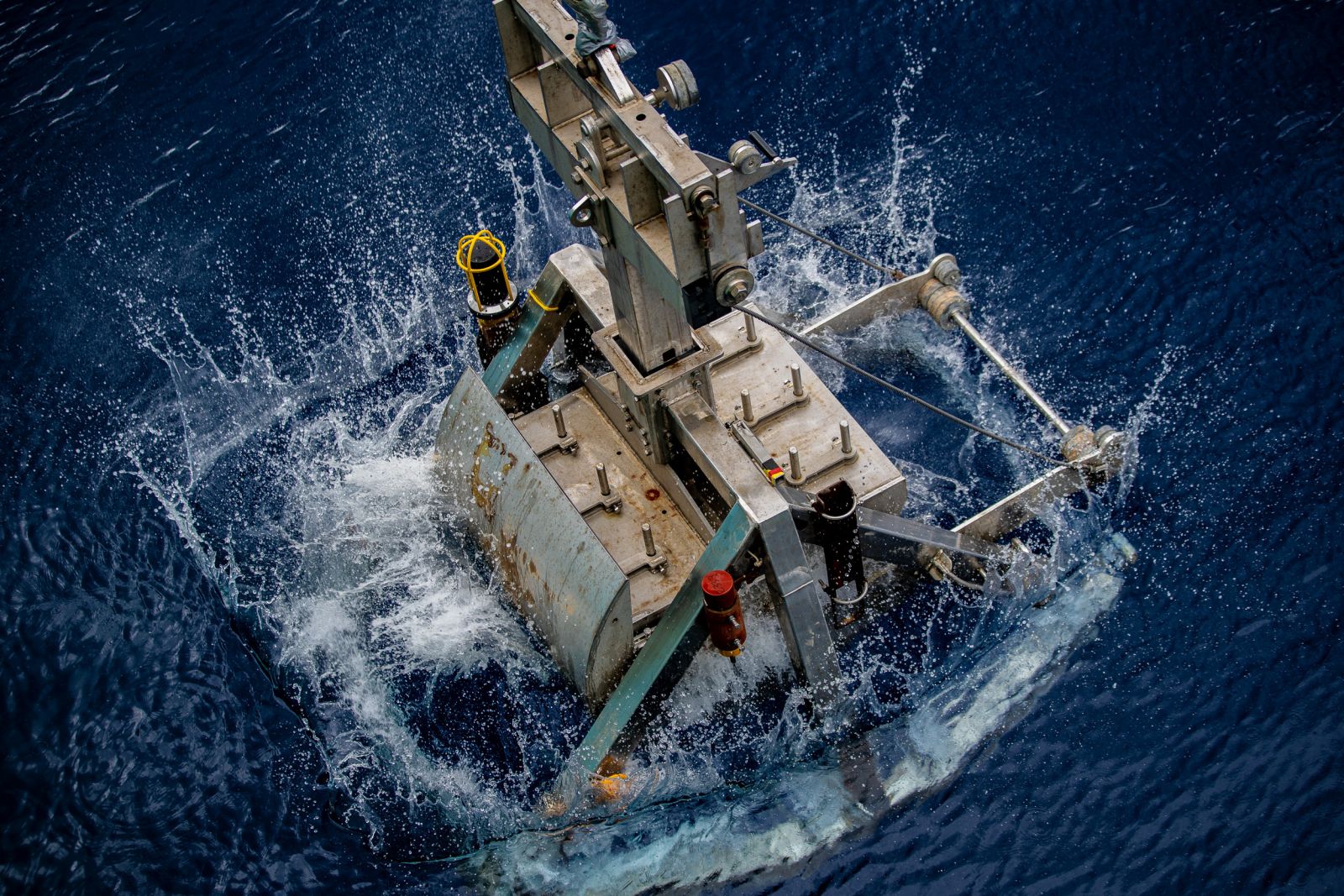 While society might do everything right - electrifying the entire global vehicle fleet, building tens of thousands of solar and wind farms, adding terawatts of energy storage capacity - unless we get serious about decarbonizing supply chains, we could get it all wrong.
While society might do everything right - electrifying the entire global vehicle fleet, building tens of thousands of solar and wind farms, adding terawatts of energy storage capacity - unless we get serious about decarbonizing supply chains, we could get it all wrong.
Minerals are the lifeblood of the clean energy economy: Demand is projected to rise some 500 percent by 2050. For base metals such as manganese, nickel, cobalt, and copper, the timeframe is tighter still, with shortages predicted by 2025.
The battery boom is causing companies to scramble to secure new sources of the metals critical to low-carbon technologies. Mega manufacturers have pleaded for miners to ramp up the supply of nickel (a vital ingredient in EV batteries) in an environmentally sensitive way, promising big contracts for those who can deliver.
The COVID crisis, meanwhile, has exposed the mineral supply chains for the brittle linkages they are. America is highly dependent on external sources to meet its critical mineral needs, importing more than half of its annual consumption in 31 of 35 minerals, including manganese, cobalt and nickel. This has left the U.S. shockingly absent from global EV supply chains, with no clear roadmap.
There is some good news: A recent study shows that, while America trails both Asian heavyweights and European challengers in raw materials, cell capacity, and component manufacture, the U.S. has the potential to become a global leader, overtaking both China and Japan by 2025.
Proactive policy will be key if the U.S. is to catch up to its competitors. To ensure an integrated supply chain, a comprehensive strategy to source minerals outside of China's orbit will be essential. But expanding supply is challenging and slow, and carries a heavy environmental and social cost.
Traditional mining for the necessary elements has garnered a (not entirely undeserved) reputation for being damaging and harmful to the environment. At a time for urgent climate action, however, the exploration of promising alternatives has been forestalled, with environmental groups espousing the notion that we can simply recycle more and consume less. However, given the ever-increasing demand, and too little metal stock in circulation to meet that demand, we can't recycle what we don't have.
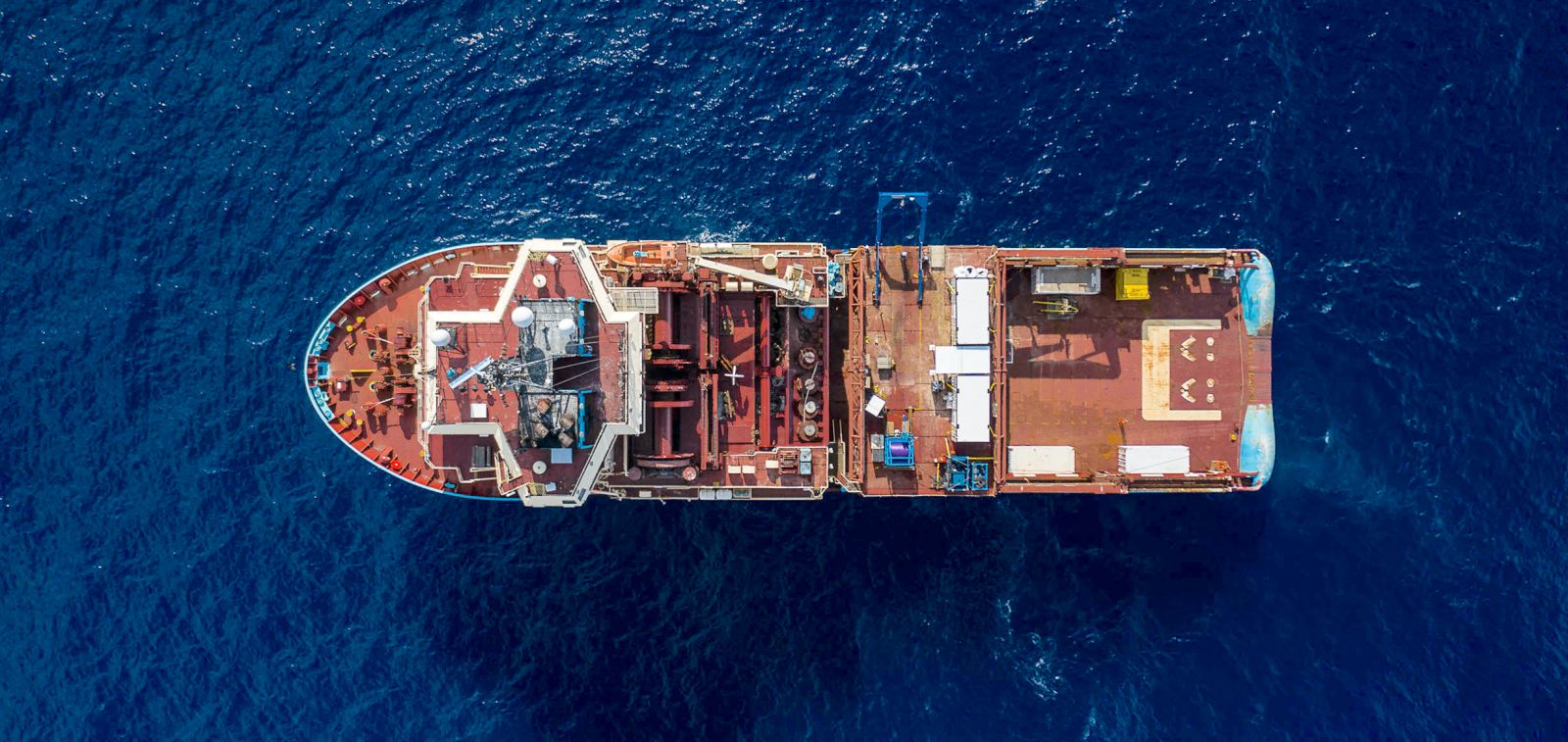
There are hard choices to make in order to meet the vast resource needs of the clean energy transition, and we must take on board the hard lessons learned from hundreds of years of careless terrestrial resource extraction.
Peer-reviewed research has compared the full-scale lifecycle and climate change impacts of producing battery metals for one billion EVs from two different sources: land-based ores and deep-sea polymetallic nodules.
On the one hand, terrestrial miners are hamstrung by resource-specific challenges like falling ore grades, where lower concentrations of metal lead to ever-increasing energy, material, and land requirements to produce the same amount of metal. As we dig deeper and wider, we do so to the detriment of both the planet and people.
Polymetallic nodules, by contrast, lie loose on the seabed in international waters. These offer a rare opportunity to dramatically reduce the environmental impacts of sourcing battery metals (compared to mining metal deposits on land in some of the world's most biodiverse regions) which also serve as massive global stores of carbon.
The benefits of these remarkable rocks are manifold: given that they sit unattached on the deep seafloor, we no longer must fell forests, remove precious, carbon-rich topsoil, and blast hard rock to get at the ore. And there is no known mechanism for carbon stored in deep-sea sediments to reach the atmosphere.
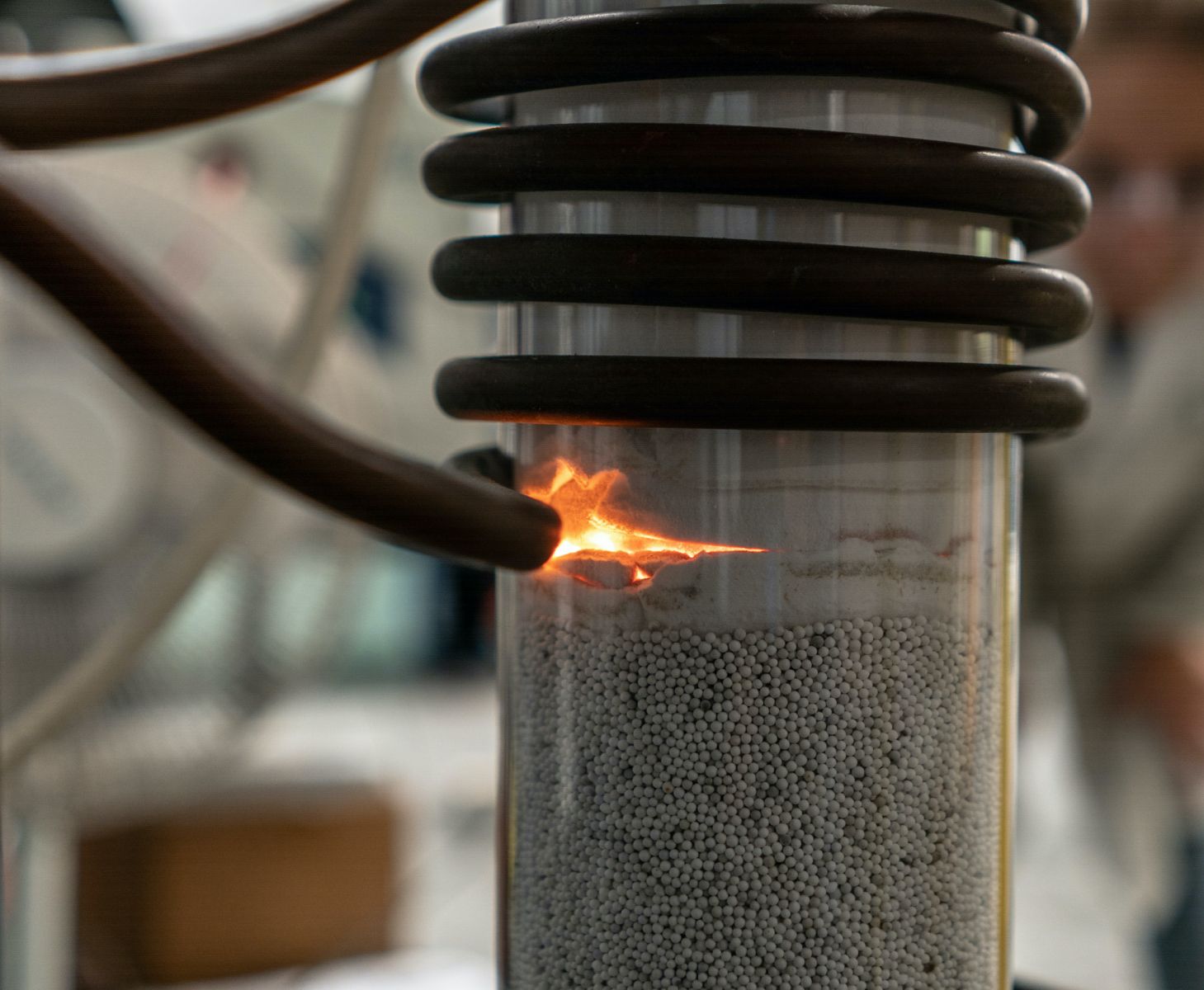 Nodules also contain rich concentrations of four metals required for EVs in a single ore, saving the need to excavate three types of ore from three different mines on land. It's akin to having an electric vehicle battery in a rock. It's also crucial to point out that nodules have no toxic levels of hazardous elements, hence no need for massive toxic tailings dams that must be maintained indefinitely and are bound to eventually fail.
Nodules also contain rich concentrations of four metals required for EVs in a single ore, saving the need to excavate three types of ore from three different mines on land. It's akin to having an electric vehicle battery in a rock. It's also crucial to point out that nodules have no toxic levels of hazardous elements, hence no need for massive toxic tailings dams that must be maintained indefinitely and are bound to eventually fail.
If we change the resource, we can change the game entirely. Sourcing critical base metals from deep-sea nodules can deliver one billion EV batteries, with a lower energy, land, and waste footprint. And it can reduce the climate change impacts of sourcing battery metals by up to 90 percent. If we are to retain any hope of limiting global warming to 1.5 °C, such savings can make a massive difference.
It's encouraging to see leading EV manufacturers spearhead the movement for transparency and reveal the lifetime carbon footprints of their vehicles. But if we're to get this monumental shift right, we can't stop there: It's time we take a planetary perspective, calmly comparing our options, and analyzing the lifecycle impacts of each.
At a time of crisis, if we fail to keep a cool head, things will only get hotter.
Gerard Barron is CEO & Chairman of DeepGreen, which is producing metals from polymetallic rocks to power electric vehicles and clean energy.
DeepGreen | deep.green
Author: Gerard Barron
Volume: 2020 November/December









